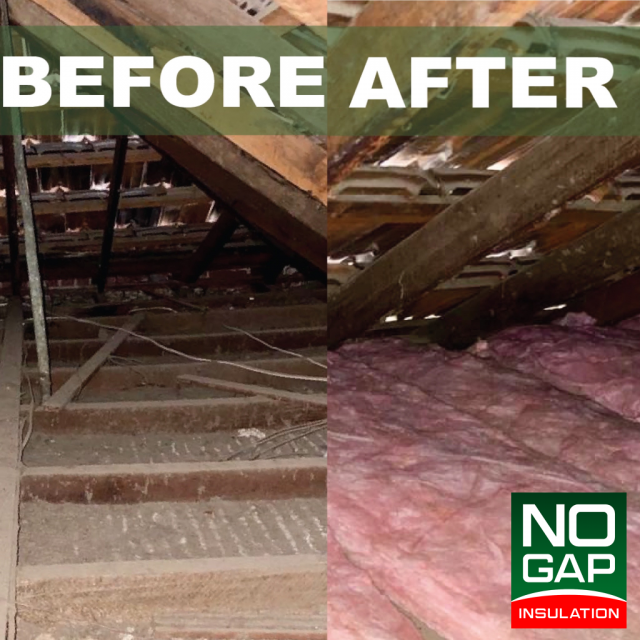There may be many reasons as to why your house is always cold… but the fastest, cheapest and easiest is a lesser-known solution called insulation. Not only is there a wide variety to custom fit your home specifically but insulation will keep your house warmer in winter and cooler in summer. With Knauf’s Earthwool 50-year product warranty and Fletcher’s Pink Batts lifetime warranty, never will you have to worry about living in an uncomfortable home again.
What is insulation?
Insulation is made from materials such as glasswool, wool, cellulose fibre, FR-EPS (fire retardant expanded polystyrene), aluminium, polyester and polystyrene. It is designed to go in the ceiling, walls, underfloor, under slab etc. Each piece of insulation goes by the name of a “batt”. These “batts” come in bags/packs which hold from 9 pieces to 42.
What purpose does insulation serve?
Insulation, in plain terms, is designed to prevent hot/cold air or sound from being transmitted from one room to another. It also adds a layer of thermal resistance between the inside of your home and the elements outside.

Other benefits insulation offers
- Thermal properties: The thermal properties of the material will not only keep you warm in winter but cooler in summer.

- Sound barrier: Benefits of the thickness of the material include an added sound barrier to reduce volume from room to room. If you are after increased sound protection within your walls there are specific high density (HD) and super high density (SHD) products that are available here.
What if I have old insulation already?
Installers will simply lay the new insulation on top of the old. This is because having the old insulation still in place will have no effect as the new product seals off air escaping by being placed on top.
What if my old insulation is blow-in insulation?
Although it isn’t enforced by law, it’s best practice and highly recommended to have it vacuumed out before your new install. This is because blow-in insulation isn’t flat so if you were to install a new batt on top, it would create a wavy formation which isn’t good. This may create air pockets for air to escape out of the room, in turn defeating the purpose of installing new insulation in the first place.
Can you insulate an old home?
Yes, experts in the insulation industry call this type of job a retrofit (short terminology for an existing home). This will help identify the difference between a new build/development to an existing build.
What R value is right for me?
Best practice is to install a minimum of R3.5 for retro fit properties and generally above an R4.0 (subject to Energy Report) for new builds/developing homes. This is generally dictated by the type of building material used, location of the property and natural sun light – all such factors should determine which R-value insulation should be used. Always consultant an energy or insulation specialist for technical information. New eco-friendly homes are generally built with the aim to be 100% airtight meaning a higher R value is suitable for heat loss purposes.
On the other hand, existing homes generally speaking, are not 100% airtight meaning no matter what R value you install, the same amount of air will always escape. An R value rating of 6.0 will keep in the same warmth in as something as an R3.5 in this situation.
Do I need to know the square meterage of my house to receive a quote?
No, you don’t. Our team of professionals have programs which will measure up your existing property over the phone and have it quoted up in as little as 60 seconds.
Call 03 8592 1900 for your free quote today!



